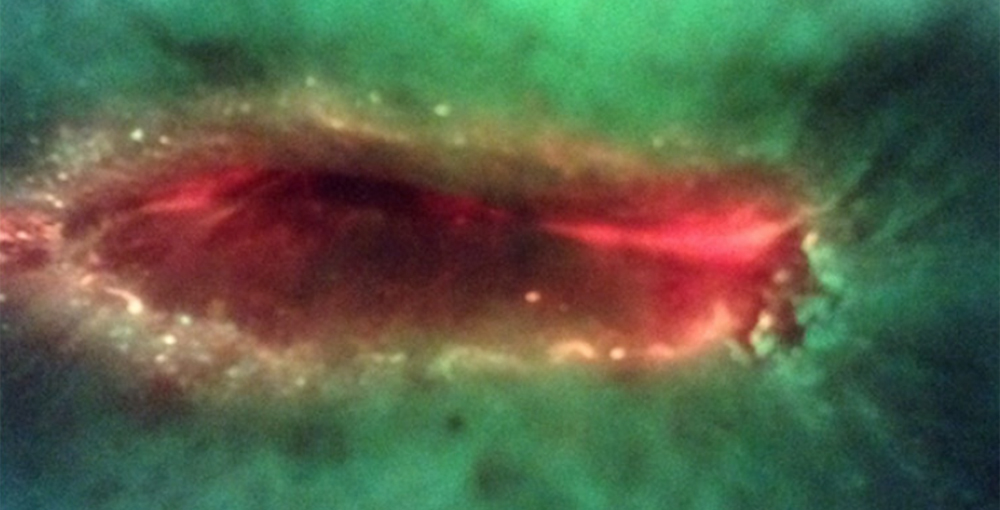

Effective strategies include those that raise awareness of antibiotic overprescribing and those that enhance diagnosis of infection, such as fluorescence imaging (MolecuLight)

Effective strategies include those that raise awareness of antibiotic overprescribing and those that enhance diagnosis of infection, such as fluorescence imaging (MolecuLight)
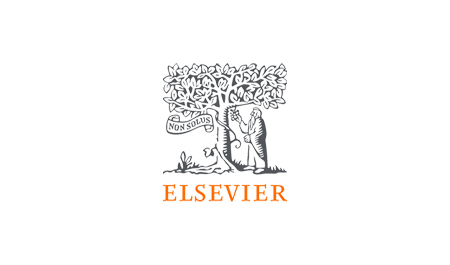
High diagnostic accuracy to detect elevated bacterial loads in perineal wounds
The sensitivity was 83%, specificity was 90%, and the PPV was 92%
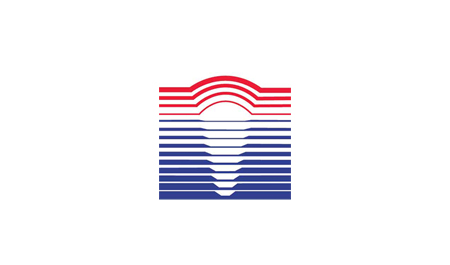
In 33.3% of patients prescribed systemic antibiotics, no CSS were present. Prescribing patterns did not correlate with bacterial load
Reliance on CSS to diagnose clinically significant bacterial burden in chronic wounds leads to the haphazard use of antimicrobials
Improved methods of identifying bacterial burden and infection (e.g. MolecuLight) are needed to enhance antimicrobial stewardship efforts in wound care
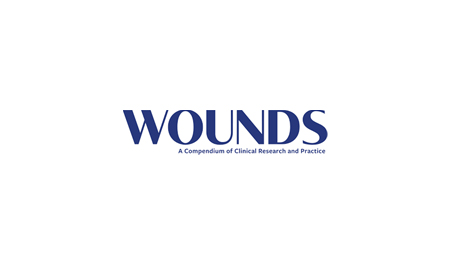
Fluorescence imaging aids antimicrobial stewardship by supporting evidence-based decision-making at the point of care
Also increased communication, enhanced efficiency, and improved continuity of care between wound care providers and hospital sites

Reliance on CSS to diagnose clinically significant bacterial burden in chronic wounds leads to the haphazard use of antimicrobials
Improved methods of identifying bacterial burden and infection are needed to enhance antimicrobial stewardship efforts in wound care
MolecuLight i:X can provide utility in point-of-care detection of elevated bacterial burden
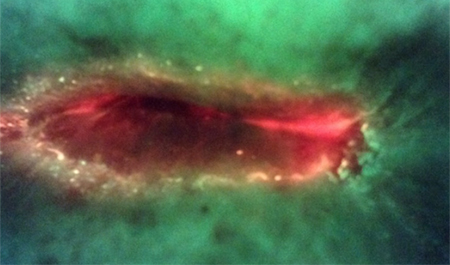
Fluorescence imaging was used to meet Joint Commission guidelines for an antimicrobial stewardship program
Combined with clinical examination of signs and symptoms of infection, the MolecuLight imaging procedure improves the clinician’s ability to diagnose infection
Antimicrobial stewardship will soon become part of standard wound center reporting
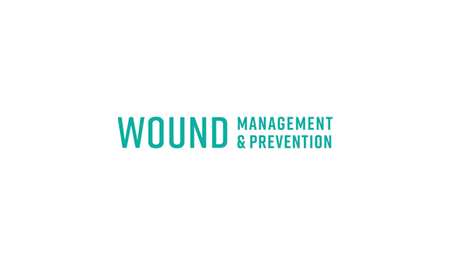
Fluorescence images provided the clinician with a “map” to inform wound sampling, cleaning, and location of surgical debridement
Heavy bacterial load was confirmed by microbiology methods in all wounds exhibiting red fluorescence
Fluorescence images identified asymptomatic patients and highlighted areas of clinical concern that otherwise would have been overlooked